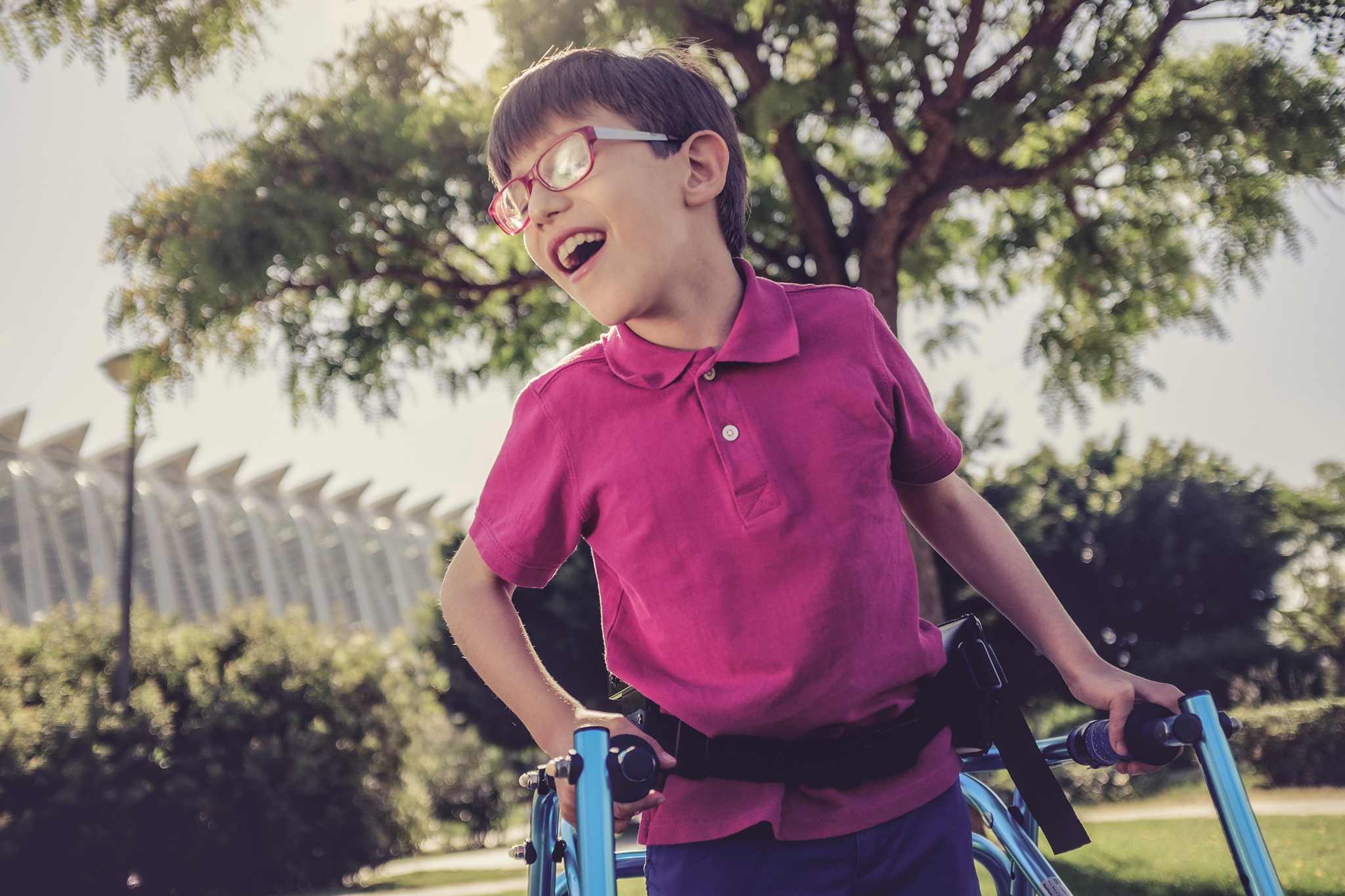Did you know that Cerebral Palsy (CP) is the most common motor disability in children? If fact, there are currently about 764,000 children and adults in the world who have CP.
What is Cerebral Palsy?
The CDC defines CP as a group of disorders that affect a person’s ability to move and maintain balance and posture. The word “cerebral” refers to the brain and “palsy”means weakness or problems with using the muscles. CP is caused by abnormal brain development or damage to the developing brain that affects a person’s ability to control his or her muscles.
5 Things to Know About Cerebral Palsy
- CP is typically diagnosed during the first or second year after birth. If a child’s symptoms are mild, it is sometimes difficult to make a diagnosis until the child is a few years older. In fact, approximately 1,200 to 1,500 children aren’t diagnosed until preschool age.
- CP affects approximately three live births out of every thousand in the United States.
- The symptoms of CP vary from person to person.
- A person with severe CP might need to use special equipment to be able to walk or might not be able to walk at all, and may need lifelong care.
- A person with mild CP, on the other hand, might walk a little awkwardly, but may not need any special help. CP doesn’t get worse over time, though the exact symptoms can change over a person’s lifetime.
- There are 4 main types of CP: Spastic (the most common type), Dyskinetic, Ataxic and Mixed CP. You can learn more about each type here.
- While there is no known cure for CP, treatment can improve the lives of those who have the condition. That’s why it’s important to talk with your doctor about screening if you notice possible signs of CP. Starting treatment as early as possible will help ensure your child’s quality of life and help reach his or her full potential.
Early Signs of CP
From birth to age 5, children should typically reach certain movement goals or milestones, including rolling over, sitting up, standing and walking. According to the CDC, a delay in reaching these movement milestones could be a sign of CP. Some children without CP may also experience some of these delays, so it’s important to talk with a physician about any concerns you may have.
Below are some early signs of possible CP:
Babies 3 to 6 months old:
- Head falls back when picked up while lying on back
- Feels stiff
- Feels floppy
- Seems to overextend back and neck when cradled in someone’s arms
- Legs get stiff and cross or scissor when picked up
Babies 6 months or older:
- Doesn’t roll over in either direction
- Cannot bring hands together
- Has difficulty bringing hands to mouth
- Reaches out with only one hand while keeping the other fisted
Babies 10 months or older:
- Crawls in a lopsided manner, pushing off with one hand and leg while dragging the opposite hand and leg
- Scoots around on buttocks or hops on knees, but does not crawl on all fours
Resources:
While the staff and physicians at Northeast Georgia Medical Center are trained to recognize and assess CP, signs may not become apparent until the baby or child is older. The CDC offers great resources and education about CP. To learn more causes, risk factors, and screening or diagnosis for CP, visit https://www.cdc.gov/ncbddd/cp/facts.html


